Whether you’ve just purchased a new kalanchoe plant or you’re thinking about bringing this pretty plant home, you might have a few questions regarding its care. In this handy how-to guide, we'll cover some of the most common questions new plant parents have about caring for a flowering kalanchoe plant and show you how to make sure yours stays healthy, happy, and beautiful.
The kalanchoe plant, also known as Flaming Katy, is a low-maintenance, beginner-friendly blooming succulent native to Madagascar and tropical Africa. These plants have large, glossy, medium-green leaves and blooms that come in yellow, pink, magenta, orange, white, and red hues. You can easily find them in grocery stores, plant nurseries, flower shops, and retail stores with garden sections. Keep reading to learn everything about kalanchoe care for the indoors.
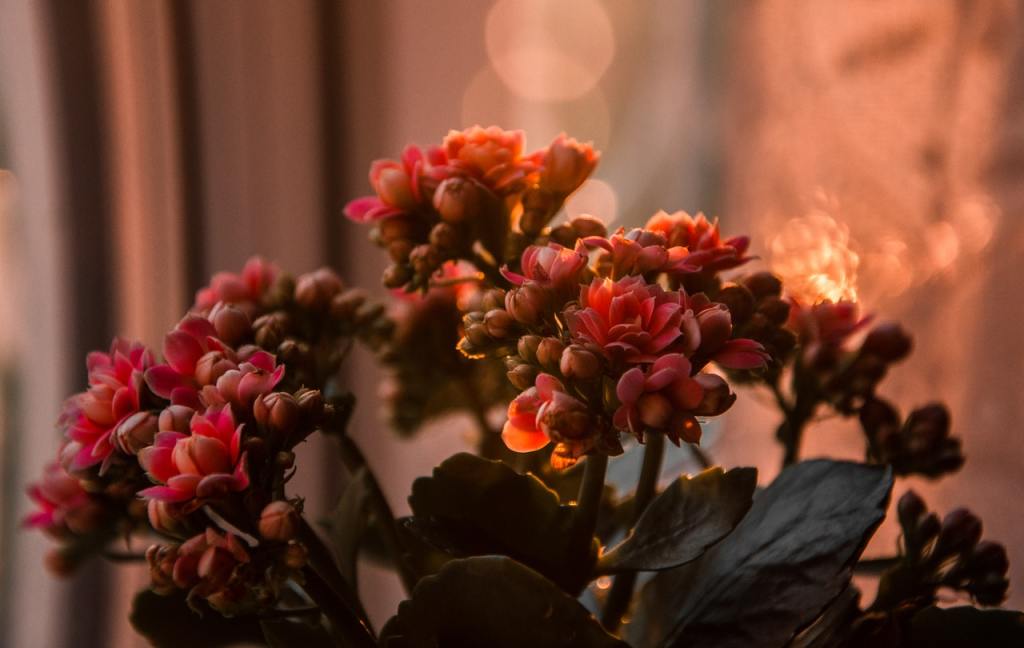
Do kalanchoe plants do well indoors?
Kalanchoes are mainly indoor plants grown in pots, so they do really well in typical indoor conditions — so well, in fact, that they even produce the cutest little flowers when provided with the right amount of light, water, and fertilizer.
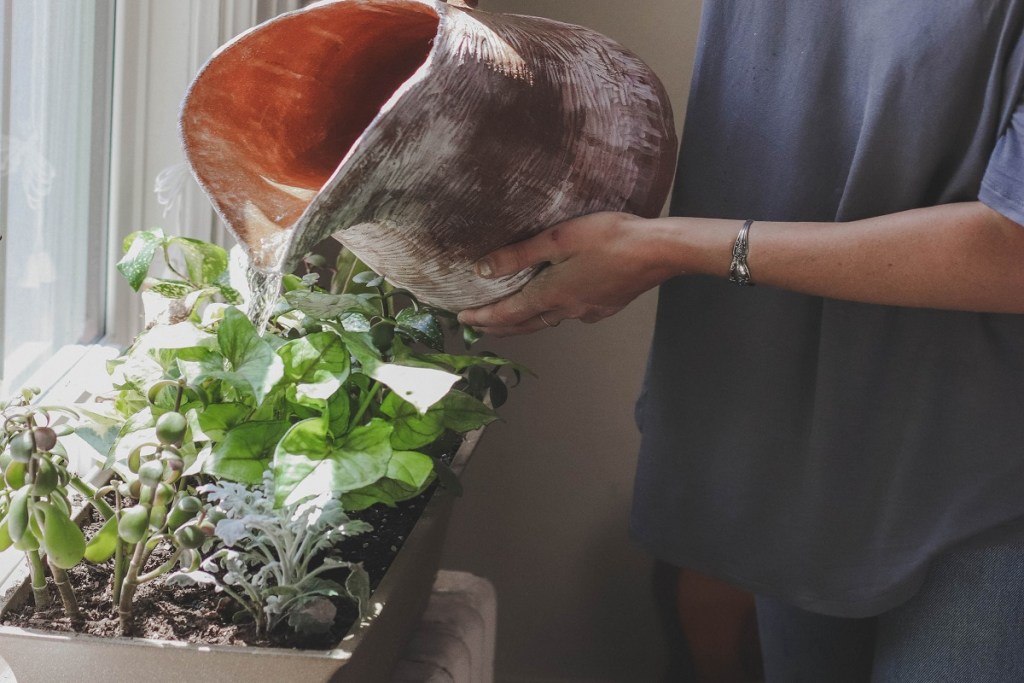
How often do you water a flowering kalanchoe plant?
Because kalanchoes are succulents, they don’t like constantly moist soil. However, when they’re flowering, kalanchoe plants need more water than usual to ensure they have enough water and energy to keep the blooms healthy.
Step 1: Provide your plant with well-draining soil or a specialty succulent mix.
Step 2: Use a moisture meter to measure the amount of moisture in the soil more accurately. That way, you’ll avoid overwatering or underwatering the plant.
Step 3: The leaves of these plants are more sensitive to rot or blemishes if water sits on them for too long. When watering your plant, do your best to avoid getting water on the leaves, and gently shake or wipe off any excess water you see pooling on the leaves.
Step 4: Another option is to use a method called bottom watering. This is when you use a bucket or bowl of water and place the potted plant in it. The plant will then suck up all the water it needs, so you completely avoid the risk of getting water on the leaves.
Step 5: After watering the plant, be sure to allow it to completely stop dripping before putting it back on its tray to prevent the plant from sitting in the water and developing root rot.
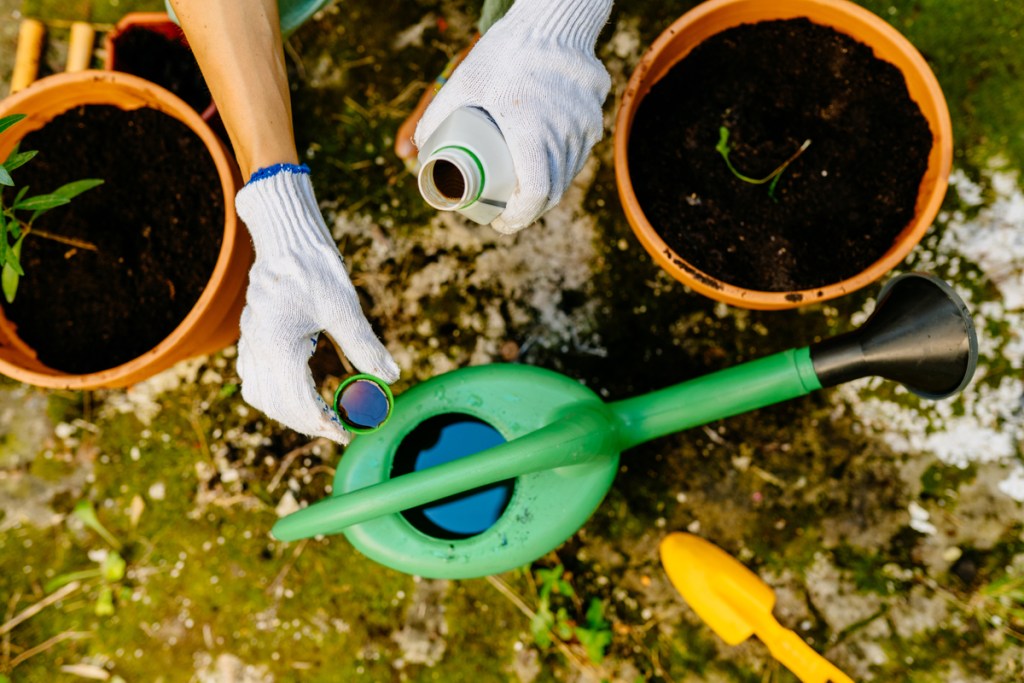
Do I need to feed a blooming kalanchoe plant?
Short answer: No. Long answer: When the kalanchoe plant is not flowering, you shouldn’t feed it. These plants do not need heavy fertilizing and will do well even if not on a regular feeding schedule. However, if you’re looking for optimal blooming, you’ll want to stay on top of a consistent feeding schedule to ensure the plant has the nutrients it needs to produce beautiful and long-lasting flowers.
Feed your kalanchoe plant in the spring, when it’s not flowering. Use a liquid organic fertilizer about once a month during that time for the best results.

Should I deadhead the blooms on a kalanchoe?
Yes! Not all plants do well with deadheading, but the kalanchoe plant will be encouraged to produce more lovely flowers if you deadhead the blooms as they begin to wither away. Doing this allows the plant to concentrate its energy on making more healthy flowers rather than wasting it on flowers that are already dying. This would occur naturally with animals, insects, and weather in its natural habitat. However, you have to do it yourself when the plant is indoors and under your protection.
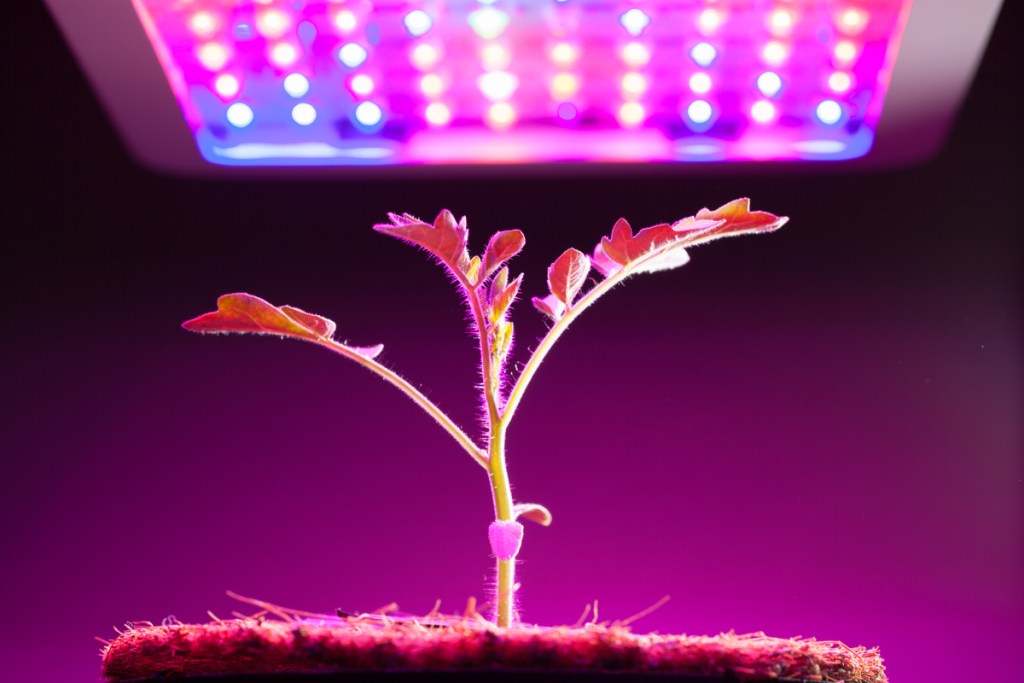
Do kalanchoes need direct sunlight?
No, they don’t need direct sunlight to be thriving and happy plants.
Step 1: If possible, place the plant near a window that gets bright morning sun and then more shade during the brutal afternoon sun. This is the perfect place for a kalanchoe plant. Too much direct sunlight will result in burnt leaves and flowers, and it might even kill the plant.
Step 2: Especially when the plant is in bloom, it’s best to keep it out of direct sunlight for long periods, and be extra careful of the harsh afternoon sun.
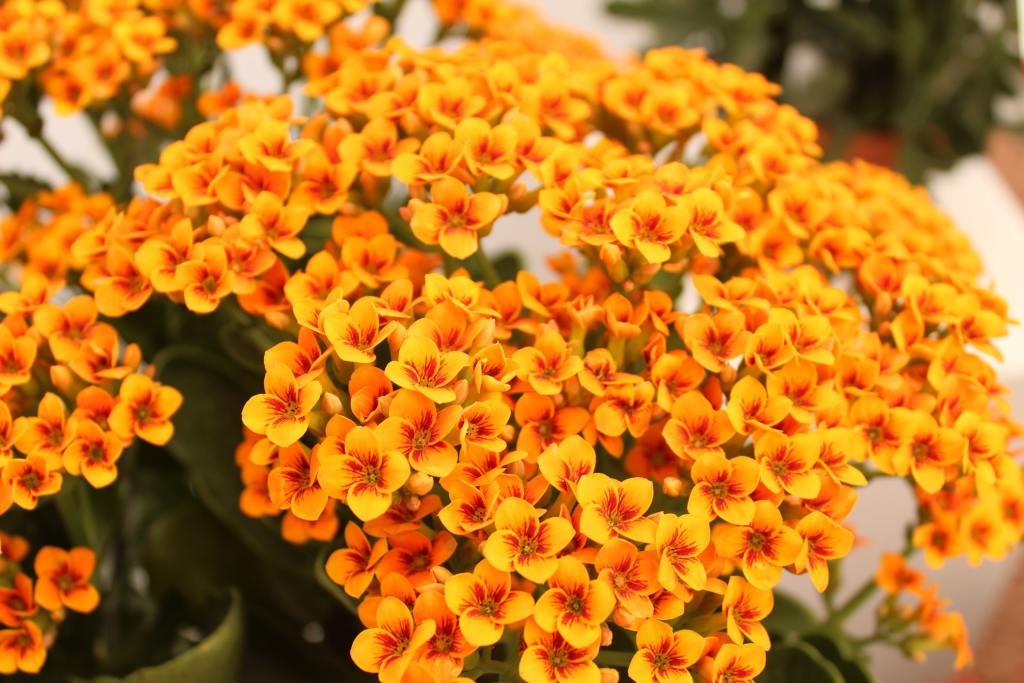
How do I encourage a kalanchoe to bloom again?
You’ll need to convince the plant that it’s going through a winter season to do this. This means exposing it to less light and “shorter” days.
Step 1: Over about a month-long period, water the plant less — or maybe even stop watering thoroughly — and move it to a location where it won’t get as much sun.
Step 2: The plant should only get about 8 to 9 hours of sunlight a day. After a few weeks of lower and less light, you can put the plant in a closet in complete darkness.
Step 3: You should start seeing flower buds after about a month. When they appear, it’s time to put the plant back in its bright light location and start providing it with water.
Kalanchoe plants are a lovely addition to the home, and it’s essential to give them the proper care to help them last as long as possible. Be sure to use what you’ve learned here to keep your plant happy and healthy, and then just sit back and enjoy the blooms!
Editors' Recommendations
- Everything you need to know about trailing succulents care for lush, thick growth
- How to pick the perfect orchid pots for healthy blooms
- Beyond basil and cilantro, add these unique plants to your indoor herb garden
- Beautiful, low-maintenance pothos varieties to add to your plant collection
- 5 easy-care spider plant varieties perfect for any home garden



